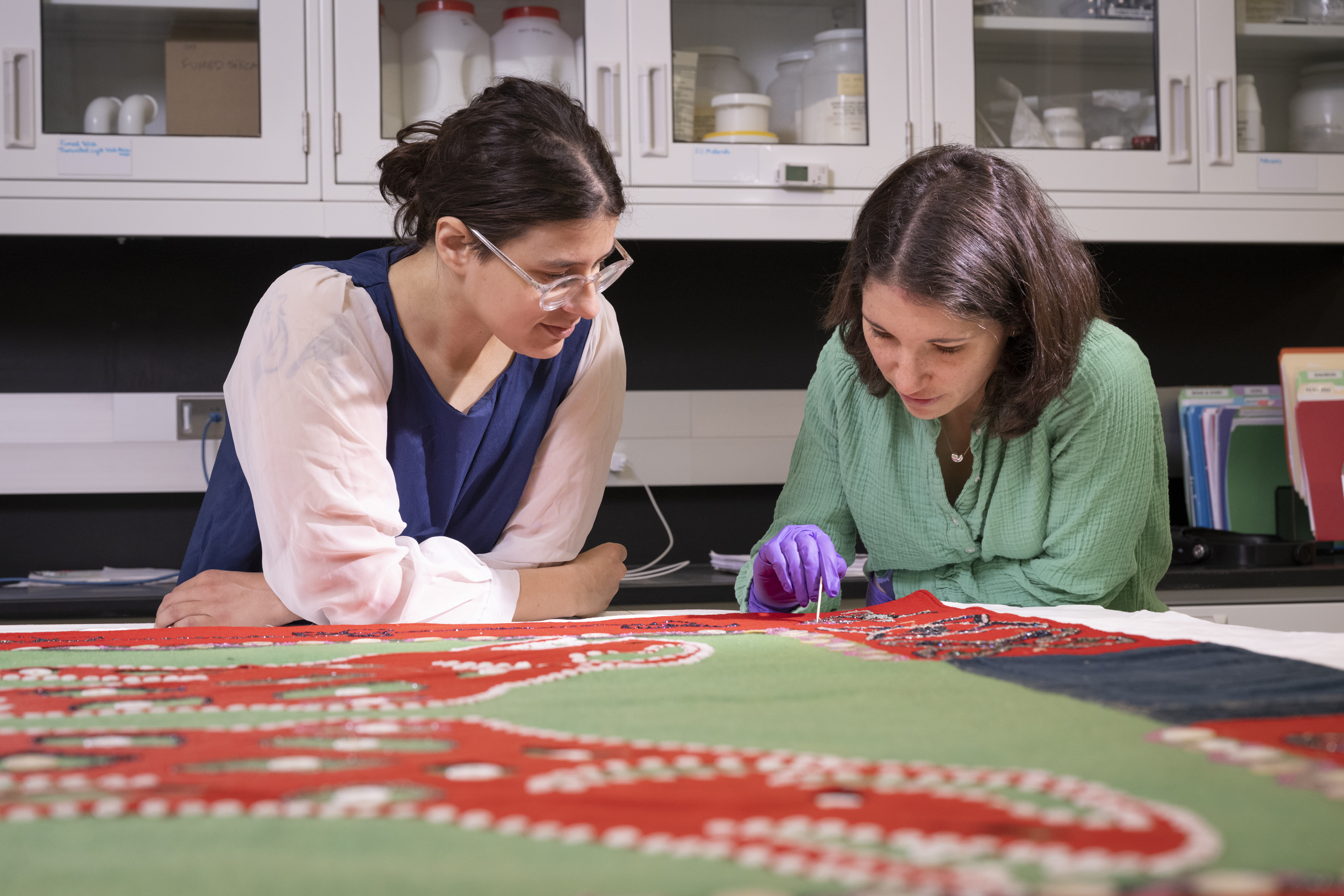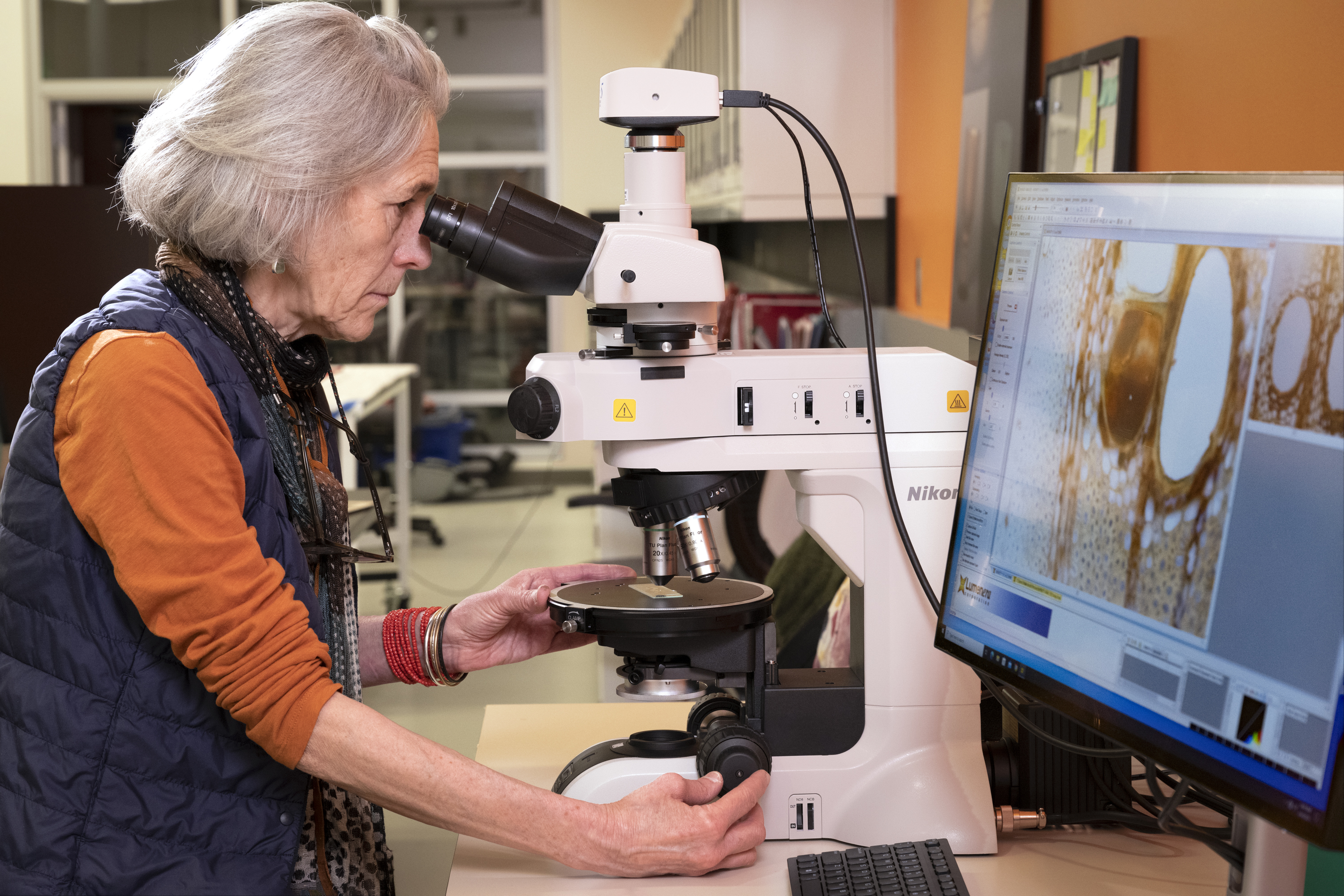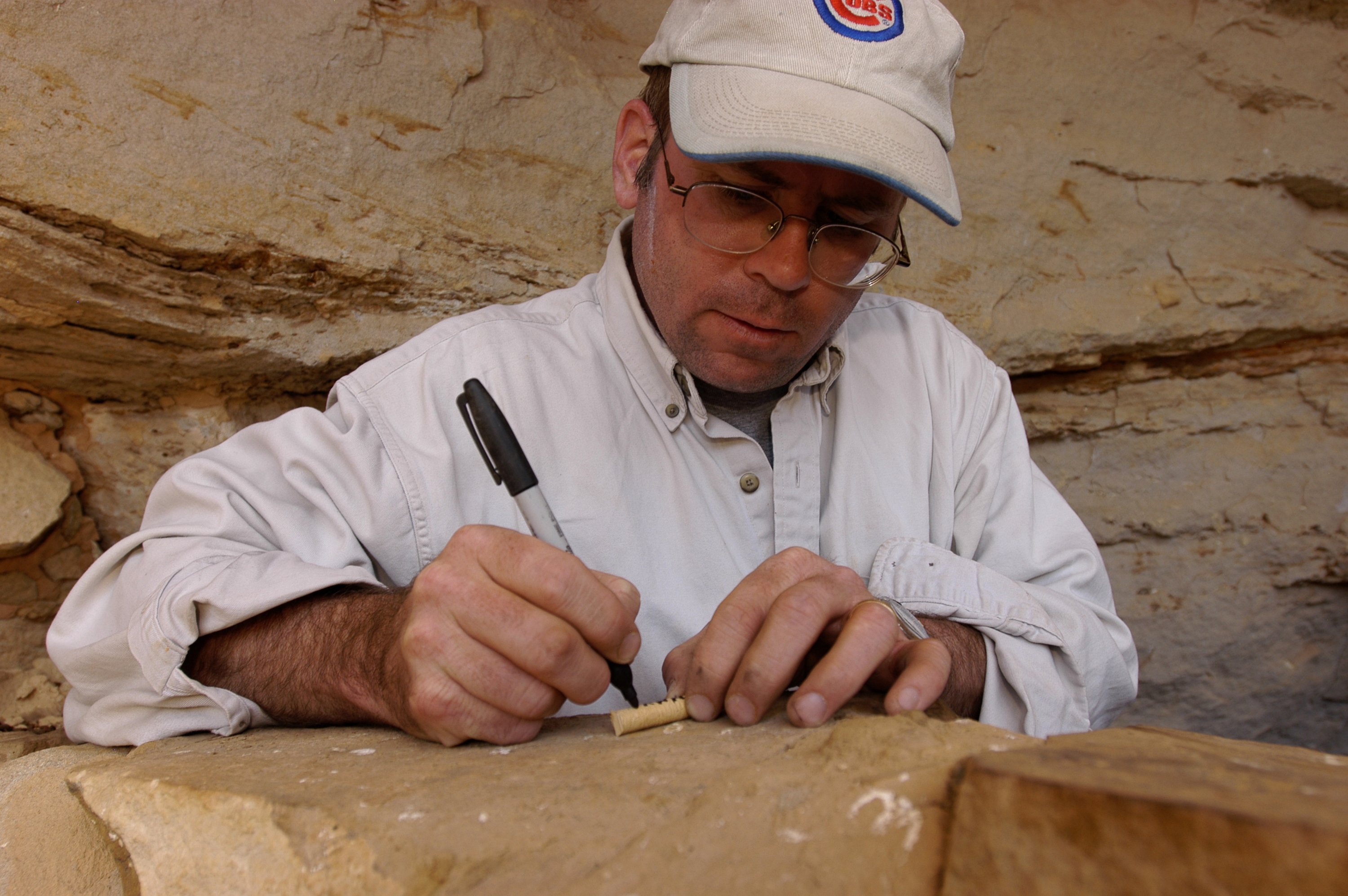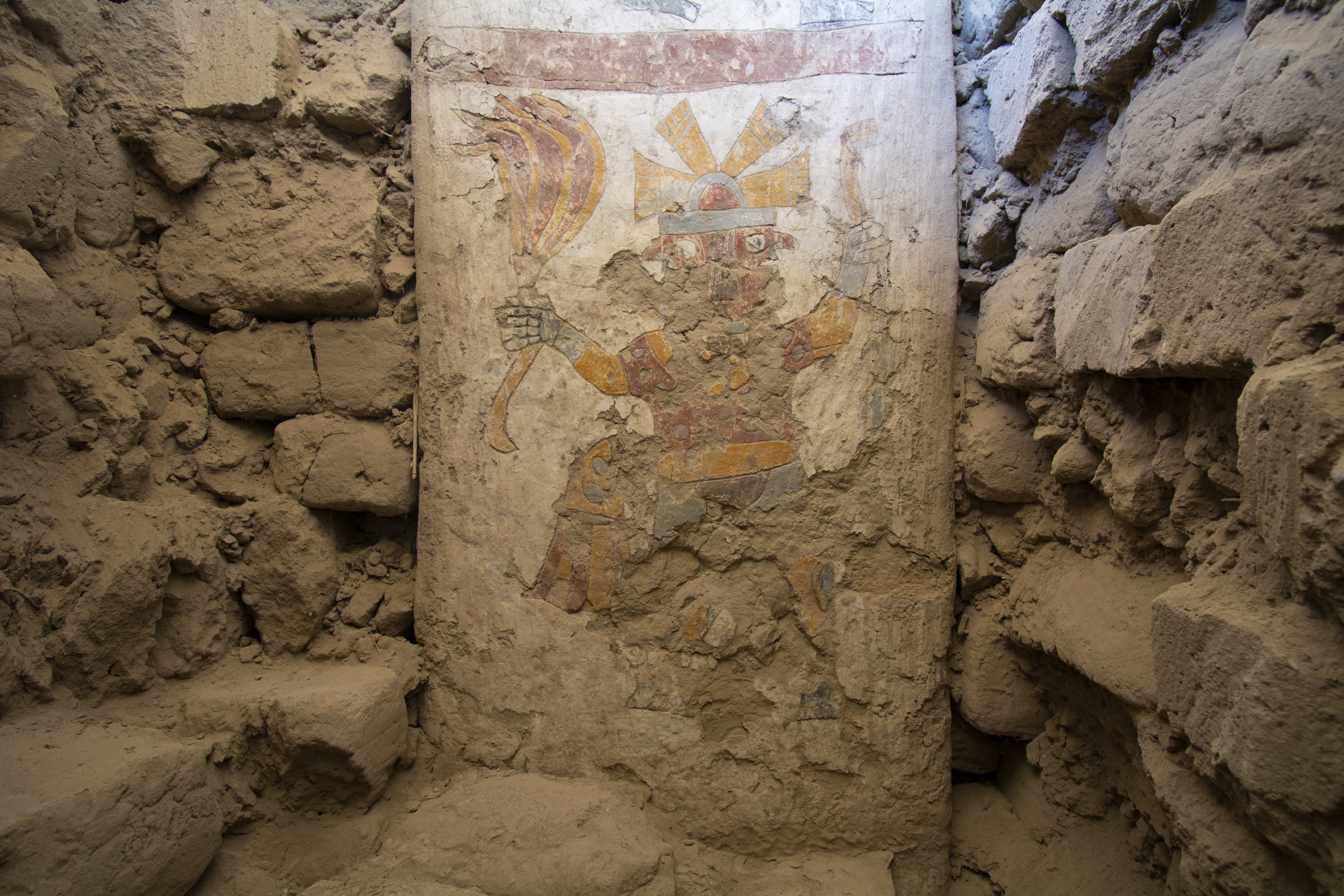

Head Conservator Casey Mallinckrodt inside working inside the Avenir Collection Center the Denver Museum of Nature & Science. (photo/ Rick Wicker)
The anonymous donor, who has long supported anthropology-based conservation projects, gifted the funds for object conservation purposes. However, the magnitude of the donor’s proposed gift presented the opportunity to broaden support for what the Museum calls “inclusive conservation” programs. The Museum proposed to develop programs in collaboration with source and descendant communities. To understand the concept of inclusive conservation, it is important to consider the Museum’s work over recent decades.
The Museum has been at the forefront of inclusive collections care, which refers to the preservation of cultural heritage for future generations. This involves activities such as examination, documentation, treatment and preventive care, supported by research, education and programming. However, the stewardship of material culture, especially the cultural heritage of indigenous communities, requires a more complex set of questions and an inclusive approach to decision-making that prioritizes the cultural and social history of the “possessions and belongings.”
Join our conservation team for an update on the Avenir Conservation Center projects, changes, and aspirations.
The Museum has employed professional conservators for over three decades, with Jude Southward serving as Head Conservator for most of that time. Under her direction, conservators examined and documented thousands of objects, with particular emphasis on ethnographic materials in anthropology. Over the years, Southward worked closely with anthropology curators and other staff.
In 2006, Dr. Stephen E Nash was hired as director of anthropology and curator of archaeology. In 2007, Nash hired Dr. Chip Colwell as curator of anthropology. Together, Dr. Nash and Dr. Colwell engaged in ethically grounded collections-based work, prioritizing the needs of source communities first in their deliberations and using the principles of justice, diversity, equity, access and inclusion to guide their decision making. In 2008, the Board of Trustees adopted new policies that put the needs of originating and descendant communities at the forefront.

Director of Anthropology Steve Nash recording samples at Painted Kiva House, Mesa Verde. 2007 (photo/ Rick Wicker)
Combining the long-established tradition of object conservation established by Southward and the moral and ethical philosophies of the anthropology department, Southward and Colwell applied for and received an Institute for Museum and Library Studies grant in 2019 to work with five Indigenous communities on the Pacific Northwest Coast to conserve the objects the museum curates from those communities. Conservator Megan Salas, a recent graduate of the University of California at Los Angeles (UCLA)/Getty Program in the Conservation of Cultural heritage, has been leading that effort along with Dr. Chris Patrello, the Museum’s new curator of anthropology.
Southward retired in August 2020, and Casey Mallinckrodt was hired as head conservator in October 2022; Mallinckrodt, a graduate of the UCLA/Getty Conservation Program is leading the Museum’s conservation team, which includes Katy Kaspari, a recent graduate of the University College London, who focuses on the IMLS Northwest Coast project. Together, and with the rest of the anthropology team, we are now building the Avenir Conservation Center, the impact of which is being felt across the Museum, the country and the world.
The gift is allowing us to develop the Avenir Conservation Center and is helping us expand our research capacity through the acquisition of technologies that will allow greater depth of technical analysis as well as facilitating collaboration with community partners and peer museums internationally.
In 2022, the Museum purchased an X-ray fluorescence spectrometer (XRF) and a Micro-Fourier transform infrared spectrometer (FTIR), which will help conservators respond to source community inquiries and answer research questions.
Some of the funds have been assigned to support Dr. Michele Koons’ work at Pañamarca, a monumental Moche culture site in northern Peru, which she excavates in full collaboration with Peruvian conservators and archaeologists. The Museum is also helping other institutions proactively return sacred vigango, or ancestral grave posts that embody the souls of the dead, to the Mijikenda tribes of coastal Kenya, among many other projects.

A painted figure on a pillar at Pañamarca, Peru. (photo/ Lisa Trevor)
As we look towards the future, the transformative gift of $25 million for inclusive conservation will allow the Denver Museum of Nature & Science to continue to inspire new generations of conservationists and researchers. This gift represents the culmination of three decades of hard work and dedication to ethical and inclusive practices, and it will enable the Museum to expand its research capacity and collaborate with communities and peer institutions around the world.
As Louis Pasteur is supposed to have said, “Chance favors the prepared mind.” In this case, “Generosity favors the prepared institution.”
We are grateful for this gift and the opportunities it presents, and we are excited to inspire and empower the next generation of conservationists.